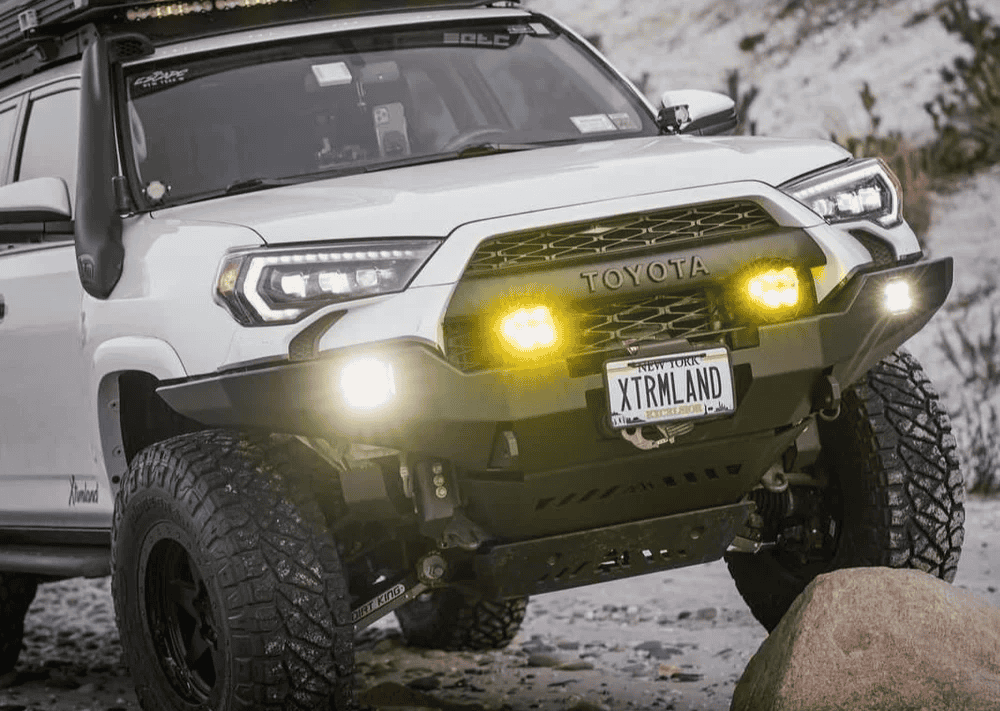Overland Vehicles

Building a reliable off grid expedition setup starts with energy math, not gadgets. List every device, note average daily hours, and multiply by draw to get daily watt hours. Add a buffer for cold weather and cloudy days. This becomes the anchor for battery capacity and charging.
A balanced system typically blends three inputs. Alternator charging through a DC to DC unit keeps batteries topped while driving. Solar adds steady daytime input when parked. Shore charging covers staged departures and rare stays with access to power. Match an inverter to your highest simultaneous load, and keep most appliances on efficient direct current where possible.
Battery chemistry matters. Lithium iron phosphate offers deep cycles, low weight, and stable performance across a wide state of charge range. For cold climates, include low temperature charge protection or an insulated compartment. Wire with the shortest feasible runs, proper bus bars, and class rated fusing near every source. Use an MPPT controller sized for open circuit voltage and expected array current.
Solar planning is about surface area and tilt. Flat roof arrays are simple and durable but produce less in winter. A small adjustable panel or portable blanket can help during shoulder seasons. Monitor state of charge and daily amp hours to guide habits rather than chasing numbers after the fact.
Water supports hydration, hygiene, and cooking. Estimate daily use per person and multiply by days between resupply points to size tanks. Keep fill, vent, and drain points accessible, and design for clean out. A two stage approach for water quality works in most terrain, with sediment prefiltering at fill and a final filter at the tap.
Heat and ventilation control comfort and condensation. A blend of insulation, air sealing, and active airflow keeps interiors dry. A roof vent paired with low intake moves moist air out during cooking and sleep. For cold trips, an air heater with a dedicated fuel line and fresh air intake provides predictable warmth. In hot climates, shade, reflective window covers, and careful parking strategy maintain livability.
For filtration, choose micron ratings based on your source water. Larger particulates require a coarse prefilter, followed by a finer element near the faucet. Hot water can come from a compact heat exchanger tied to engine coolant or a small electric unit sized to battery capacity and charging strategy. In freezing conditions, run lines inside conditioned spaces, add insulated runs where needed, and include low point drains for rapid winterization between legs.
Navigation and communications should not rely on a single device. Combine offline maps, a satellite messenger for check ins, and if your travel style demands work connectivity, consider satellite internet mounted securely with protected cabling. Power budget for communications should be included alongside your other daily loads.
Recovery planning starts with avoiding trouble. Tire choice matched to terrain and season, realistic approach and departure angles, and suspension that handles your weight keep you out of ruts. When you need to self recover, rated soft shackles, a kinetic rope, traction boards, and a shovel solve most stuck scenarios. Train with your gear before you need it.
Keep route data on two devices. One can fail, and you still know where you are going. Tires should be load rated for your actual payload, with pressures adjusted by axle weight and temperature. Recovery points must be frame mounted and rated. Practice gentle pulls, manage spectators, and use dampers on lines. Safety is a habit, not an add on.
Your payload plan ties everything together. Weigh the rig loaded for a real trip, compare to gross ratings, and adjust. Keep heavy items low and between the axles. Distribute weight side to side to avoid uneven handling. This protects components, improves braking, and reduces driver fatigue on rough roads.
Bringing this all together, an off grid expedition setup is about harmony. Power production meets consumption. Water storage matches resupply. Heat and airflow balance comfort. Navigation and recovery cover the unknowns without turning the rig into a rolling hardware store. Test on short loops, note what you actually use, and refine.
When you are ready to turn a plan into metal, wiring, and tested systems, partner with a shop that builds for real world use. OZK designs and delivers complete platforms and partial upfits that match how you travel, from power systems and ventilation to storage, suspension, and communications. See our approach to capable builds on overland rigs, and explore focused services like a custom overland upfit tailored to your route, climate, and payload. Curious about process and client experience. Learn more on why choose OZK Customs.
Ready to head out with confidence. Share your trip goals, season, and cargo needs, and we will map an integrated system that powers your days, protects your nights, and drives like it should when the pavement ends.
Ready to turn your off grid expedition setup from notes into a dependable build. Share your goals and timeline, and our team will spec, build, and test a rig that fits how you travel. Submit the form and let OZK map your path to a proven, road tested setup.
ADDRESS:
6159 E Huntsville Rd, Fayetteville, AR 72701
PHONE:
(479) 326-9200
EMAIL:
info@ozkvans.com